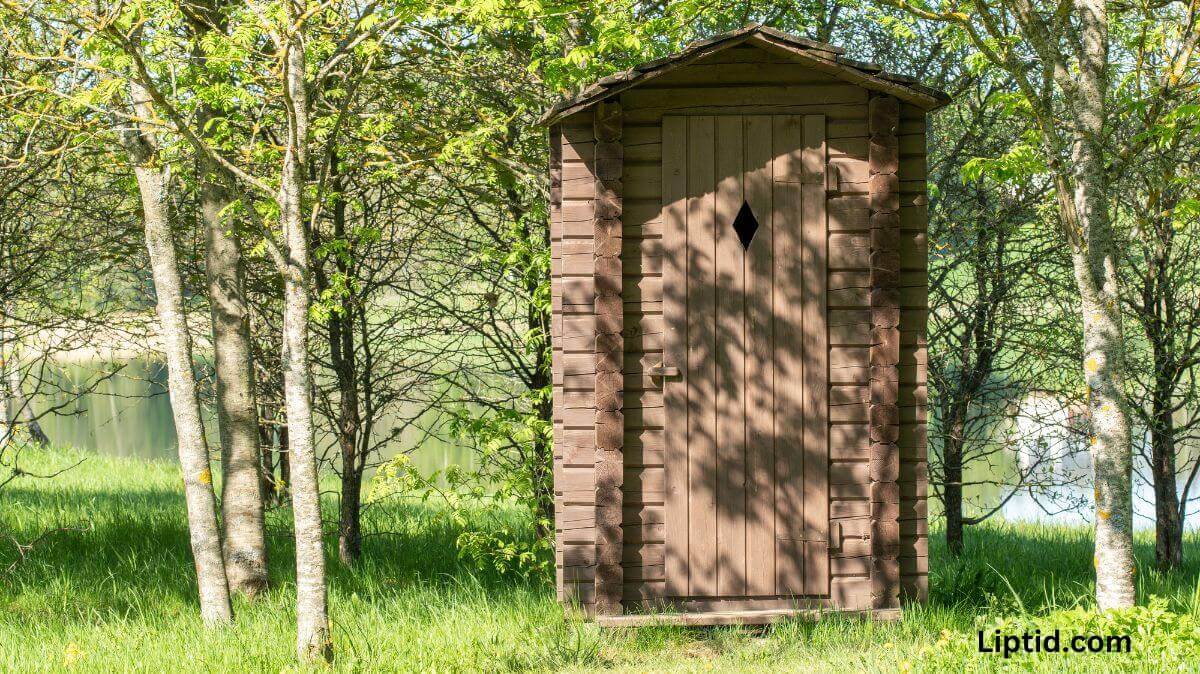Introduction
When you think of rural living, images of open fields and starry skies often come to mind. But what about the less glamorous aspects, like sanitation? For many communities in remote areas, modern plumbing is a luxury that remains out of reach. Enter the outhouse toilet—a simple yet effective solution for managing waste in places where conventional toilets aren’t an option. While it might conjure up thoughts of bygone days or even spark some hesitation, this humble structure plays a crucial role in promoting hygiene and environmental sustainability. Let’s dive into what an outhouse toilet really is and why it could be the answer to rural sanitation challenges.
What is an Outhouse Toilet?
An outhouse toilet is a simple structure typically found in rural or remote areas. It serves as an outdoor restroom, providing basic sanitation without the need for plumbing.
Usually, it consists of a small wooden or metal shed built over a pit. This pit collects human waste, allowing it to decompose naturally over time. The design minimizes environmental impact by keeping contaminants away from water sources.
Outhouses vary in style and materials but share common features like ventilation holes and a seat for comfort. Many are decorated with personal touches that reflect their owners’ creativity.
While often seen as outdated, these toilets play an essential role where modern sewage systems aren’t feasible. They represent practical solutions tailored to specific living conditions and cultural contexts.
The Benefits of Using an Outhouse Toilet
Outhouse toilets offer several practical advantages, particularly in rural settings. They provide a cost-effective solution for sanitation needs where plumbing may not be feasible.
These structures require minimal maintenance compared to complex sewage systems. This simplicity can lead to fewer problems and less stress for users.
Another benefit is their eco-friendliness. Outhouses reduce water consumption significantly, which is vital in areas facing drought or limited freshwater resources.
Additionally, outhouses promote self-sufficiency. Communities can build and manage them without relying on external infrastructure or services.
Privacy is another key aspect; an outhouse offers a secluded space away from the main household activities, allowing users peace of mind during their visit.
They can be built using locally sourced materials, making them adaptable to various environments while fostering community involvement in construction projects.
Building and Maintaining an Outhouse Toilet
Building an outhouse toilet might seem daunting, but it can be a simple project with the right approach. Start by selecting a suitable location, ideally away from water sources to avoid contamination. A wooden frame is often the best choice for durability.
The structure should have proper ventilation to minimize odors and manage moisture. Use treated wood to resist rot and decay. Consider adding insulation if you live in colder climates; this keeps the space usable year-round.
Maintenance is key to ensuring your outhouse remains functional and hygienic. Regularly check for signs of wear or damage, repairing as needed. Keep a supply of biodegradable materials handy for covering waste after use.
Additionally, periodic cleaning helps maintain hygiene levels inside the structure. Using natural disinfectants can keep unpleasant odors at bay while being eco-friendly too, creating a comfortable experience even in remote areas.
Also Read: Everything You Need to Know About Fire Suit
Cultural Considerations and Social Stigma Surrounding Outhouse Toilet
The outhouse toilet often carries a heavy cultural baggage. In many societies, it is viewed as a relic of the past, associated with rural poverty and lack of modern amenities. This perception can lead to social stigma.
People may feel embarrassed or ashamed to admit they use an outhouse. The fear of judgment from peers can deter families from utilizing these practical solutions for sanitation in rural areas.
However, there are communities that embrace the outhouse as part of their heritage. They recognize its role in sustainable living and environmental conservation.
Education plays a vital role here. By informing people about the benefits and practicality of using an outhouse toilet, perceptions can shift over time.
Understanding local customs and values is essential when discussing sanitation options in rural settings. Respecting these nuances fosters dialogue and helps bridge gaps between tradition and innovation.
Alternative Solutions for Rural Sanitation
When considering alternative solutions for rural sanitation, several options come into play. Composting toilets are a popular choice. They convert human waste into compost, enriching soil without the need for water.
Another innovative solution is biogas systems. These use organic waste to produce energy while treating sewage effectively. This dual-purpose approach not only addresses sanitation but also provides a renewable energy source.
Portable toilet units can be deployed in remote areas as temporary solutions during events or emergencies. They offer convenience and hygiene without the need for permanent infrastructure.
Rainwater harvesting systems integrated with eco-friendly bathrooms can further enhance sanitation practices in rural settings by collecting rainwater for flushing toilets or cleaning purposes.
Each of these alternatives presents unique advantages that cater to diverse needs within rural communities, contributing to improved health and environmental sustainability.
Conclusion
The outhouse toilet serves as a practical solution for rural sanitation challenges. Its simplicity and low cost make it accessible to communities with limited resources. While modern alternatives exist, the outhouse remains relevant in many areas.
Building an outhouse requires careful planning, but once established, it can provide reliable service for years. Maintenance is essential to ensure hygiene and functionality over time.
Cultural attitudes towards outhouses may vary significantly from one region to another. Some people embrace them as part of their heritage, while others might view them with reluctance due to social stigma.
Alternative sanitation solutions do exist, such as composting toilets and biogas systems. However, these options often come with higher costs or complex installation processes that may not be feasible in every situation.
The choice of sanitation system depends on local needs, preferences, and available resources. The humble outhouse toilet stands out as a viable option that continues to meet the needs of various communities around the world.
